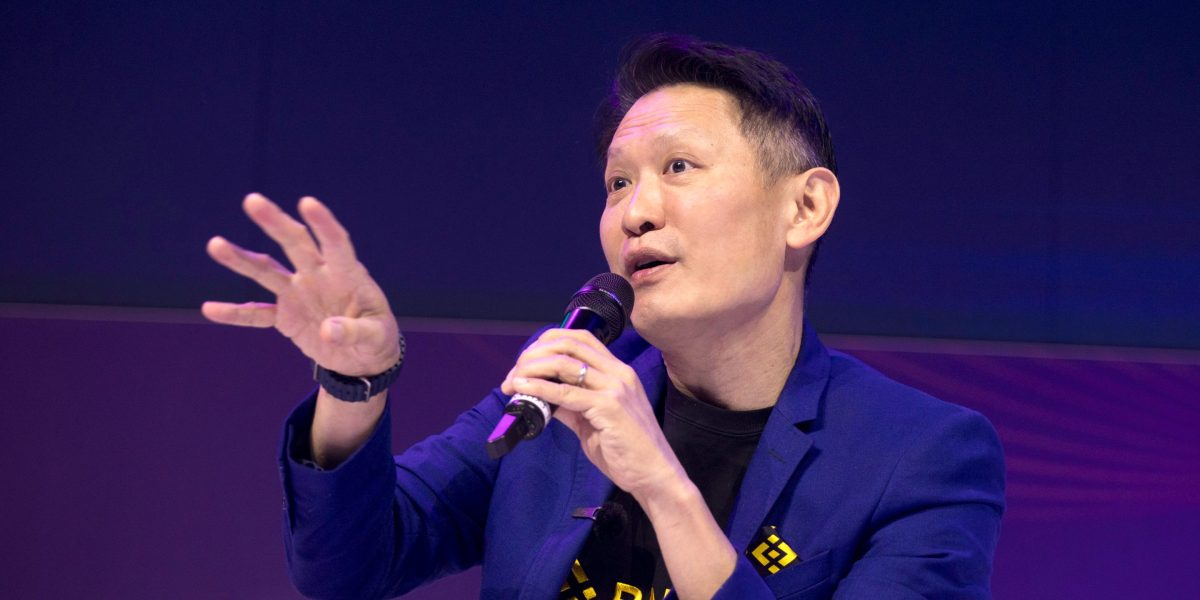Companies are downsizing as the future looks bleak. Third-nation outsourcing is prevalent, and the domestic workforce is tightening. Several corporations shrank their workforce significantly this year in a trend that will continue as the economy turns down.
GEICO insurance company, a subsidiary of Berkshire Hathaway, reduced its workforce by 30,000 positions. Insurance may have seemed like a stable industry, but insurers are facing high competition and lower margins. The company believes it can save $20 billion annually by scaling its workforce and moving some of its operations to Florida. Many of these positions related to network management, data, security operations, and customer service are now automated.

Intel Corporation shed 24,000 positions this year but plans to continue layoffs through the rest of Q4. Intel believes it only needs to retain 75,000 “core employees” from the initial 99,500 it had at the beginning of the year. Semiconductor manufacturing is of the utmost importance, and resources must be redirected toward manufacturing. A downsizing of this size signals a complete structural change in the company.
At the beginning of the tariff debacle, UPS announced it was cutting 20,000 jobs. The market is extremely competitive, and margins have slimmed due to tariffs and supply chain issues. UPS believes it is “future-proofing” its company by relying more on automation than human workers. Warehouses and distribution centers have been the first line of attack for AI replacement.

Nissan was forced to close seven manufacturing plants due to weak sales. The company initially planned to slim its workforce by 11,000 but cuts nearly doubled to 20,000. The auto industry has been weakened on a global basis. Chevron also plans to cut its workforce by up to 20% by the end of 2026. Ford eliminated bonuses for 3,300 managers and eliminated 1,000 manufacturing jobs. Stellantis eliminated 900 workers and Tesla laid off 10% of its global workforce amid weakened EV demand and stiff competition from China.
Companies are seeking to increase their slim margins by streamlining operations and are quick to automate positions when possible. As noted last week, Amazon, the second-largest employer in the USA, believes it can cut its workforce by 600,000 within the next few years. Lowering the cost of borrowing will not entice companies to take on more debt. Conditions have changed and companies plan to cut costs rather than profits. It is clear which industries are facing challenging times ahead as the world economy turns down.

























